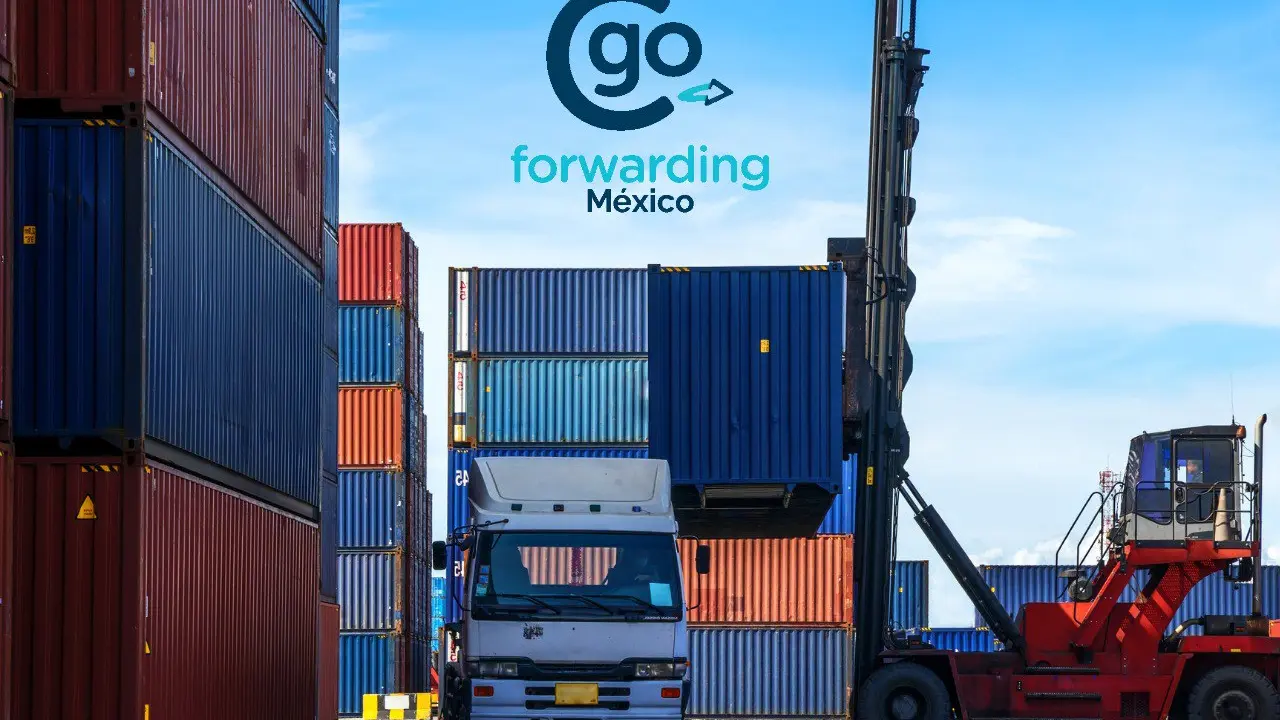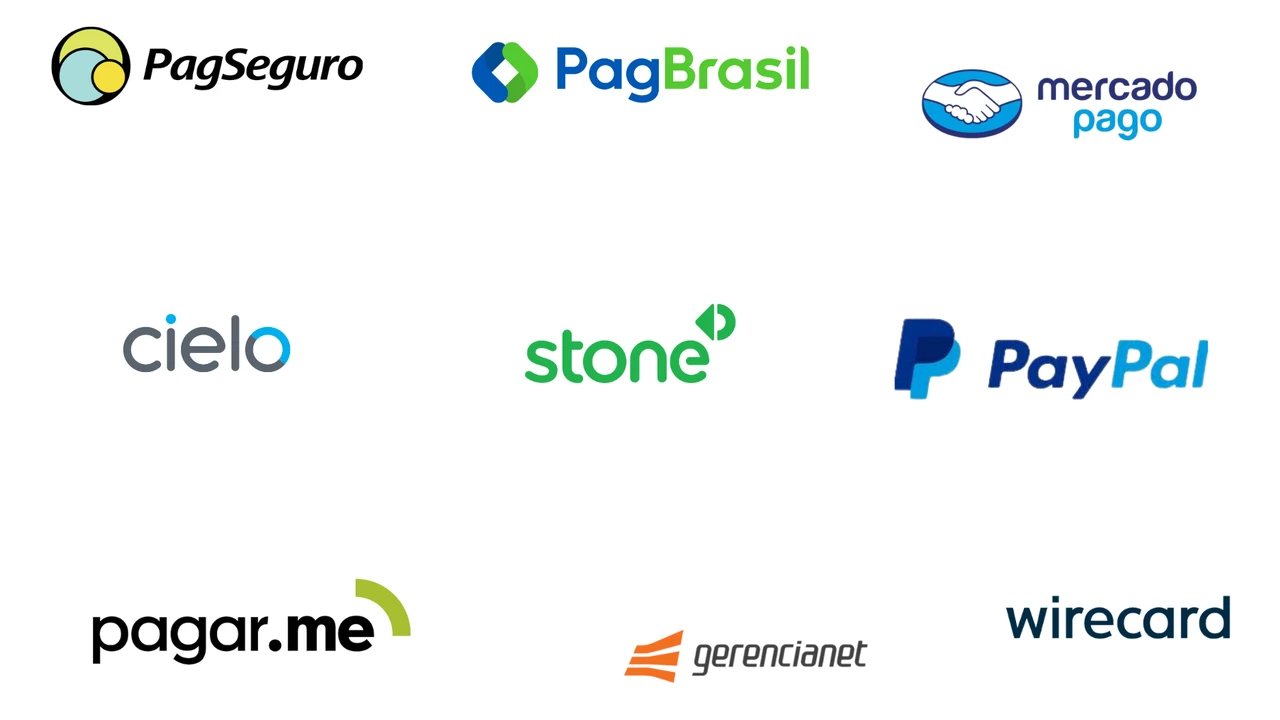The Best Practices for Cross-Border E-commerce Logistics in SEA & Mexico
Sample meta description.

Understanding the E-commerce Landscape in Southeast Asia (SEA) & Mexico: A Logistics Primer
So, you're diving into the exciting world of cross-border e-commerce in Southeast Asia and Mexico? Smart move! These markets are booming, but let's be real, the logistics can be a bit of a wild ride. Understanding the nuances of each region is key. Think different cultures, varying infrastructure, and a whole lotta red tape. We'll break it down so you can navigate this complex terrain like a pro.
First things first, let's talk SEA. This region isn't a monolith; it's a collection of diverse countries, each with its own quirks. Vietnam, for example, is experiencing explosive growth in online shopping, but its infrastructure is still developing. Indonesia, with its massive population and archipelago geography, presents unique logistical challenges. Singapore, on the other hand, boasts a highly developed infrastructure and serves as a regional hub. Knowing these differences is crucial when planning your logistics strategy.
Now, let's hop over to Mexico. This market is heavily influenced by its proximity to the US, but it's also carving out its own distinct e-commerce identity. Factors like import regulations, customs procedures, and the prevalence of cash payments all play a significant role. Plus, you've gotta consider security, especially when it comes to last-mile delivery.
Essential Cross-Border E-commerce Logistics Strategies for SEA & Mexico: Setting the Stage for Success
Okay, so you've got a basic understanding of the lay of the land. Now, let's dive into the nitty-gritty of cross-border logistics strategies. This is where the rubber meets the road, and where you can really make or break your e-commerce venture.
1. Choosing the Right Shipping Carrier: This is HUGE. Do your research! Don't just go with the cheapest option. Consider factors like delivery speed, reliability, tracking capabilities, and customs clearance expertise. Look into established players like DHL, FedEx, and UPS, but also explore regional specialists that might offer better rates or more tailored services in specific countries. Think about the types of products you're selling. Are they fragile? Do they require temperature control? This will heavily influence your carrier choice. For example, if you're selling high-end cosmetics, you might prioritize speed and security over cost. If you're selling bulky items, you'll need a carrier that can handle oversized packages.
2. Mastering Customs Clearance: This is where things can get tricky. Customs regulations in SEA and Mexico can be complex and ever-changing. Partnering with a customs broker is highly recommended. They can help you navigate the paperwork, ensure compliance, and avoid costly delays. Make sure you have all the necessary documentation, including commercial invoices, packing lists, and certificates of origin. Accurate product descriptions and proper labeling are also essential. A small mistake can lead to your shipment being held up at customs, which can frustrate your customers and damage your reputation.
3. Optimizing Your Supply Chain: A well-optimized supply chain is crucial for efficient and cost-effective cross-border e-commerce. Consider using a fulfillment center in the region to reduce delivery times and shipping costs. Look for fulfillment centers that offer services like order processing, warehousing, and last-mile delivery. Think about your inventory management strategy. How much stock should you keep in each region? How often should you replenish your inventory? Using data analytics to forecast demand can help you optimize your inventory levels and avoid stockouts or overstocking.
4. Localizing Your E-commerce Experience: Don't just assume that what works in your home country will work in SEA or Mexico. Localize your website, product descriptions, and customer service. Offer multiple payment options, including local payment methods. Consider translating your website into local languages. And don't forget about cultural sensitivities. What might be considered acceptable marketing in one country could be offensive in another.
Product Recommendations & Comparisons for E-commerce Logistics: Making Informed Decisions
Alright, let's get specific. Here are some product recommendations and comparisons to help you optimize your cross-border e-commerce logistics:
Fulfillment Software: Streamlining Order Management & Inventory Control
Product 1: ShipStation
Description: ShipStation is a popular cloud-based shipping solution that integrates with various e-commerce platforms and marketplaces. It allows you to automate order processing, print shipping labels, track shipments, and manage inventory. It's great for businesses of all sizes.
Use Case: Imagine you're selling handmade jewelry online. ShipStation can automatically import orders from your Etsy store, allow you to print shipping labels in bulk, and send tracking information to your customers. It can also help you manage your inventory, so you know exactly how many necklaces and bracelets you have in stock.
Pros: User-friendly interface, wide range of integrations, robust automation features, excellent customer support.
Cons: Can be expensive for high-volume shippers, some features require higher-tier plans.
Pricing: Starts at around $9 per month.
Product 2: Easyship
Description: Easyship is another cloud-based shipping platform that focuses on cross-border e-commerce. It offers discounted shipping rates, customs clearance assistance, and a variety of shipping options.
Use Case: Let's say you're selling organic coffee beans from Colombia to customers in Singapore and Mexico. Easyship can help you find the best shipping rates, handle customs clearance, and provide tracking information to your customers. It can also help you calculate duties and taxes, so you can avoid unexpected costs.
Pros: Competitive shipping rates, excellent cross-border capabilities, duty and tax calculator, user-friendly interface.
Cons: Can be complex to set up, some features require higher-tier plans.
Pricing: Offers a free plan with limited features, paid plans start at around $29 per month.
Comparison: ShipStation is generally considered more user-friendly and offers a wider range of integrations. Easyship is better suited for businesses that focus on cross-border e-commerce and need help with customs clearance and duty calculations. If you're just starting out and primarily shipping within your own country, ShipStation might be a better choice. If you're heavily focused on international shipping, Easyship is worth considering.
Label Printers: Speeding Up Your Shipping Process
Product 1: Zebra ZD410
Description: The Zebra ZD410 is a compact and reliable direct thermal label printer. It's perfect for printing shipping labels, product labels, and barcode labels.
Use Case: Imagine you're running a small e-commerce business from your home. The Zebra ZD410 can help you quickly and easily print shipping labels for your orders. It's small enough to fit on your desk and easy to use, even if you're not a tech whiz.
Pros: Compact size, easy to use, reliable performance, prints high-quality labels.
Cons: Only prints direct thermal labels, which can fade over time.
Pricing: Around $200 - $300.
Product 2: Brother QL-1110NWB
Description: The Brother QL-1110NWB is a versatile label printer that can print both direct thermal and thermal transfer labels. It also offers wireless connectivity.
Use Case: Let's say you're running a larger e-commerce business with multiple employees. The Brother QL-1110NWB can be connected to your network, allowing multiple users to print labels from different computers. It can also print durable thermal transfer labels that won't fade over time.
Pros: Prints both direct thermal and thermal transfer labels, wireless connectivity, durable labels.
Cons: More expensive than direct thermal printers, can be more complex to set up.
Pricing: Around $300 - $400.
Comparison: The Zebra ZD410 is a great choice for small businesses that need a simple and reliable label printer. The Brother QL-1110NWB is a better choice for larger businesses that need more features and the ability to print durable labels. Consider the volume of labels you print and the environment they will be exposed to when making your decision.
Packaging Materials: Protecting Your Products During Transit
Product 1: Air Pillows
Description: Air pillows are inflatable plastic cushions that provide cushioning and protection for fragile items during shipping.
Use Case: If you're shipping delicate glassware or electronics, air pillows can help prevent damage during transit. They're lightweight and easy to use.
Pros: Lightweight, effective cushioning, reusable, cost-effective.
Cons: Can be bulky, require an air compressor or inflator.
Pricing: Varies depending on the size and quantity.
Product 2: Bubble Wrap
Description: Bubble wrap is a classic packaging material that provides cushioning and protection for a wide range of items.
Use Case: Bubble wrap is a versatile option for protecting everything from books to clothing to electronics. It's easy to use and readily available.
Pros: Versatile, readily available, relatively inexpensive.
Cons: Can be bulky, not as effective as air pillows for protecting extremely fragile items.
Comparison: Air pillows are generally more effective than bubble wrap for protecting fragile items, but they can be more expensive and require an air compressor or inflator. Bubble wrap is a good all-around option for protecting a wide range of items. Consider the fragility of your products and your budget when making your decision.
Navigating Cultural Differences in SEA & Mexico: Building Trust & Relationships
Don't underestimate the importance of cultural sensitivity! What works in the US or Europe might not fly in SEA or Mexico. Building trust and strong relationships is crucial for long-term success.
In SEA, respect for elders and authority figures is paramount. Be mindful of your body language and communication style. Avoid direct confrontation and try to build consensus. In Mexico, personal relationships are highly valued. Take the time to get to know your business partners and build rapport. Learning a few basic phrases in the local language can also go a long way.
The Future of Cross-Border E-commerce Logistics: Staying Ahead of the Curve
The world of e-commerce logistics is constantly evolving. To stay ahead of the curve, you need to keep up with the latest trends and technologies. Consider investing in automation, data analytics, and AI-powered solutions. Explore new delivery methods, such as drone delivery and autonomous vehicles. And don't forget about sustainability. Consumers are increasingly demanding eco-friendly packaging and shipping options.
By embracing these best practices, you can navigate the complexities of cross-border e-commerce logistics in SEA and Mexico and unlock the immense potential of these dynamic markets. Good luck, and happy selling!
:max_bytes(150000):strip_icc()/277019-baked-pork-chops-with-cream-of-mushroom-soup-DDMFS-beauty-4x3-BG-7505-5762b731cf30447d9cbbbbbf387beafa.jpg)






